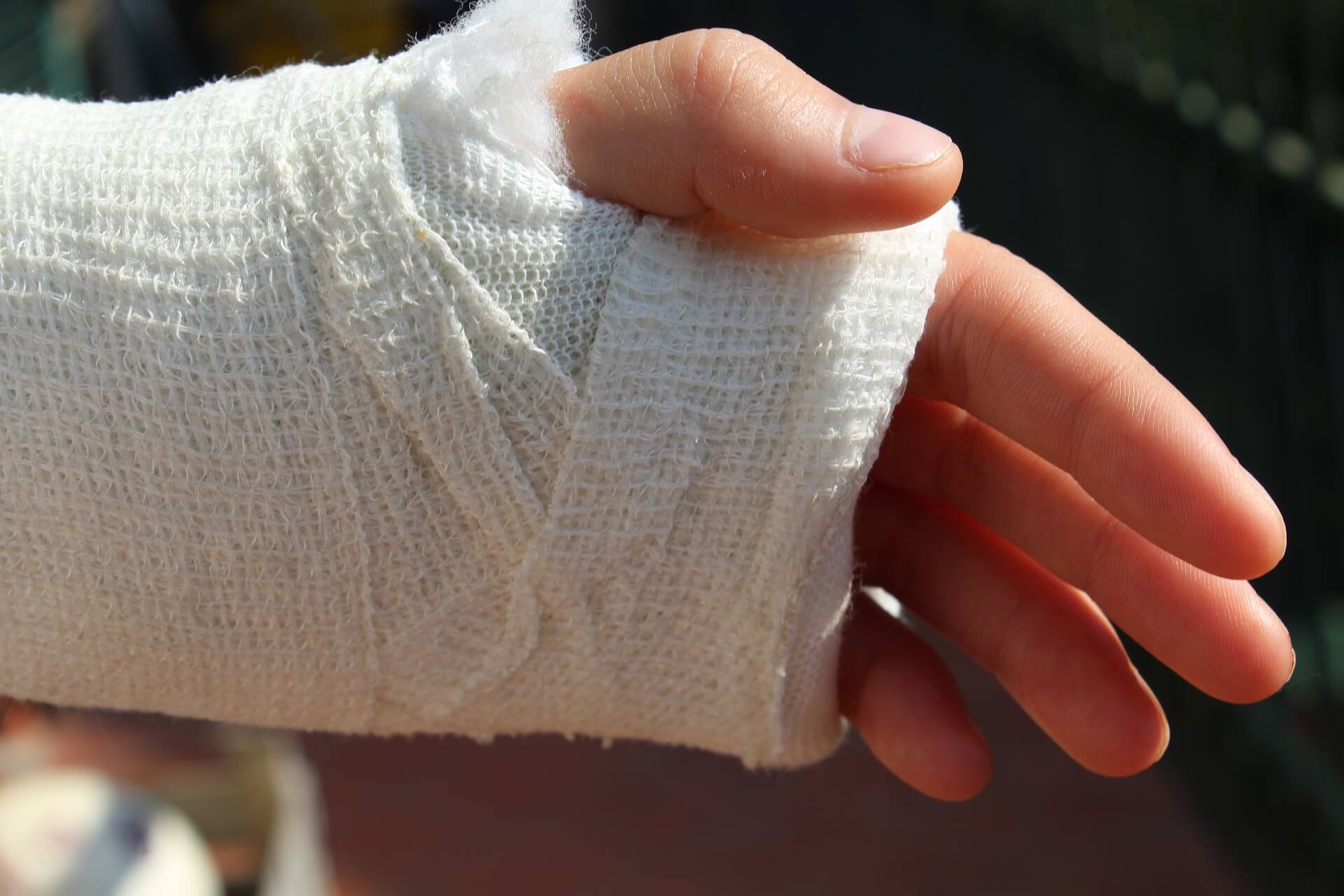Care and Reconstruction of the Burned Hand

The hands are important to use as human tools and for expression. They are frequent burn sites, many catastrophic, accounting for up to 80 percent of burn care even though they only account for 2-3 percent of the total body surface area. Both flame, electrical, and scald burns are common hand burns. Flame and electrical burns occur primarily in the workplace, while scald burns commonly occur in home-related burns and usually occur in small children.
The hand is especially vulnerable because the back of the hand has fragile skin, so the burns tend to involve deeper structures. Loss of fingers and the thumb can quickly occur in severe burns, and the loss of just the thumb diminishes the function of the hand by 50 percent. The goal of treating the burned hand is to restore the function of the hand.
The affected hand should be cooled as soon as possible after the burn occurs. Cool water should flush the burned areas until a normal pH if the burn is chemical. The circulation of severe burns is often compromised in the hands, so the surgeon must perform escharotomies—cutting through full-thickness burned areas to restore the hand circulation. Sometimes releases need to be done in the wrist areas if these are involved in burns cutting off the circulation to the hand. After the releases are completed, the open areas can be covered with nonstick dressings with antimicrobial ointment or cream. Skin grafting can also be done after opening up the circulation to the hand. The hands should be elevated to keep swelling to a minimum.
Surgery to the HandAs soon as it becomes clear that the burn is full-thickness or doesn’t heal within a couple of weeks, surgery should be done to reconstruct the hand and cover the burned areas. Partial-thickness sheets of donor skin are applied to the back of the hand for better, more flexible coverage. A slightly meshed skin graft will also work to protect the open areas of the hand. The hand should be placed with finger joints extended and the metacarpal joints flexed with the wrist at thirty degrees extension. This type of splinting allows for the best function of the hand after it heals. The skin over the back of the finger joints is fragile, and sometimes wires are used from bone to bone to keep the joints straight. The hand is placed in a premade or custom-made splint and elevated for about 5 days after surgery.
Managing Deformities of the HandDeformities of the hand are all too common, particularly those caused by the contraction of the palm of the hand. Repair of hand deformities may take as long as two years as the hand needs to heal entirely before reconstruction can occur. There are several reconstructive techniques to consider, such as:
- Cutting out scar tissue and reconnecting the free edges
- Wound grafting after excising a scar when there is not enough local tissue to cover the exposed area
- Skin flaps which are rotated onto the hand to cover open areas
- Z-plasty techniques
- Using musculocutaneous or fasciocutaneous flaps
There are techniques surgeons can use on the fingers that can become contracted due to scar tissue on the fingers or contraction of the tendons of the palm of the hand. Flaps or skin grafts are used once the finger has been released and is not contracted anymore. The finger joints can have extensor contractions, depending on where the scar tissue is the thickest and most contracted. Wires can be used to keep the fingers in a flexed position while the surgery heals. Surgery can be done on the web spaces, which sometimes are burned so that two fingers are partially fused together, or the web space between the thumb and the rest of the hand is too narrow.
Electrical Burns of the Hand and ArmElectrical burns are common in the workplace and often affect the hand and arms. Circulation damage secondarily happens in up to 60 percent of cases. Doctors can assess the degree of circulatory damage by looking for cyanosis and coolness of the hand and forearm, by seeing deep vascular thromboses using Doppler flowmetry, arteriography, and MRI scans or circular exploration of the wound.
Deep structures are often damaged in electrical burns, and there is an imminent need to decompress areas where swelling has cut off the circulation to the hand. The wounds can be debrided of dead tissue in one to two days and covered in skin grafts. Unfortunately, high voltage electrical injuries to the hand and arm are often so severe that parts of the arm and the entire hand need to be amputated to save the patient’s life.
The biggest problem with electrical injuries to the hand and forearm is that the circulation is lost. This means that even if a graft is attempted, the graft will not take. Flap repairs of the arm and hand tend to do better when they come from body areas with intact circulation.
If you or a family member has sustained serious burn injuries, call our experienced Sacramento Burn Injury Attorneys at (916) 921-6400 or (800) 404-5400 for free, friendly legal advice.
Please look at our case history on our settlements and verdicts page.
See our client reviews and ratings on Yelp, Avvo, and Google.
We are proud members of the Million Dollar Advocates and the Nation’s Top One Percent.
Editor’s Note: This page has been updated for accuracy and relevancy [cha 5.23.22]
Image by Stefano Ferrario from Pixabay [cs 937]























